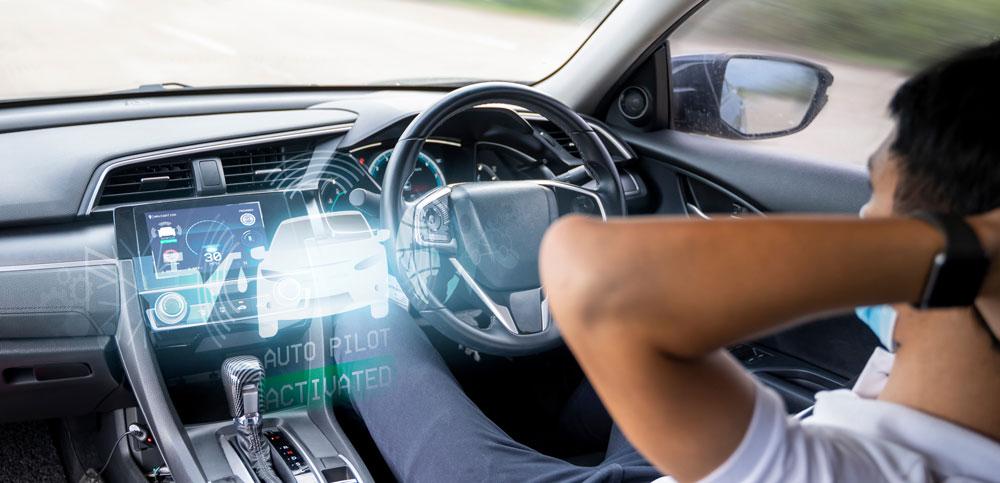The future of roads minister Lilian Greenwood has launched a consultation on the automated passenger services (APS) permitting scheme and the draft stature instrument, inviting the public and industry to offer their views on the future of self-driving vehicles.
The APS scheme is a vital part of the Automated Vehicles Act, which will regulate taxi-, private-hire- and bus-like self-driving vehicles once it is implemented in full in the second half of 2027. The Act will require self-driving vehicles to achieve a high standard of safety to the same level of competent and careful drivers, and they will undergo rigorous safety tests before being allowed on our roads.
88 per cent of all road collisions are due to human error, and so self-driving vehicles could help reduce this. They provide greater choice and flexibility for passengers to get around more easily, including during unsociable hours, as well as boost connectivity for local communities. Self-driving cars also have the benefit of improving mobility, accessibility and independence for those unable to drive.
The government has decided to fast-track pilots of self-driving passenger vehicles to Spring 2026, allowing firms to pilot small-scale services without a safety driver for the first time.
The consultation will allow representative groups, industry stakeholders trade unions, and members of the public to express their views on a variety of topics including how self-driving vehicles can be made as accessible as possible for disabled and older people, how self-driving services are approved by councils, and when a permit to operate a service should be varied, suspended or withdrawn.
Bringing forward the pilots of self-driving vehicles will create 38,000 jobs to put money in people’s pockets, driving investment to back British engineering excellence and unlocking and industry worth £42 billion by 2035.
Future of roads minister, Lilian Greenwood, said: “Self-driving vehicles are one of the most exciting opportunities to improve transport for so many people, especially those in rural areas or unable to drive. We want to work with passengers and industry to make this new form of transport safe and accessible, as we take our next steps towards adoption.
“This technology doesn’t just have the potential to improve transport for millions of people. It will help stimulate innovation, create thousands of jobs, and drive investment to put money money in people’s pockets—all part of delivering our Plan for Change.”

